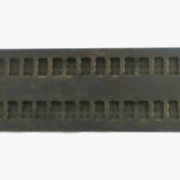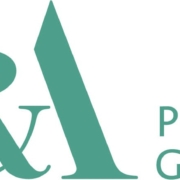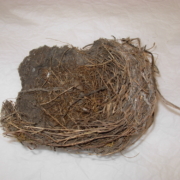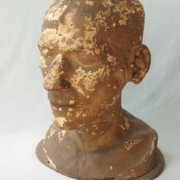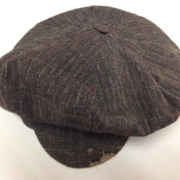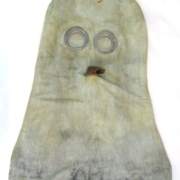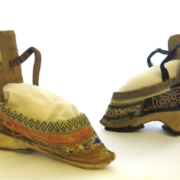History of the Museum – Part Two
The Dunn Deal
This is the second in a series of blog posts exploring the earliest years of Saffron Walden Museum and the society that established it. In this post, we explores the collecting of objects before the opening of the museum, including many animal skins and skeletons. With thanks to Len Pole, who has been instrumental in studying the earliest available records and helping to compile a history of the museum.
During the early 1830s, Saffron Walden Natural History Society began collecting objects that would be displayed in their new museum, once it was opened. One of the most significant early acquisitions came from Robert Dunn, who sent a huge volume of items to the museum from Algoa Bay, South Africa.
The first mention of communication with Robert Dunn in the society’s minutes appears in a meeting on 3 January 1834, when it was reported that Jabez Gibson (chairman) had received a letter from Hannibal Dunn. This letter informed the society that his brother, Robert Dunn, had acquired specimens for the museum at a cost of £400. However, it seems that he had done so without any authority or permission from the society so they decided that he would not be paid!
This could have put an end to the entire affair. However, a few months later, on 13 May 1834, it was recorded that “the consignment from Algoa Bay (had been) brought to Walden and inspected”. It was also recorded that the specimens would be taken by the society “to the amount of one hundred and fifty pounds”. The society appears to have changed its mind rather rapidly, deciding in just a few months that they were indeed willing to pay Dunn for his specimens.
The first Accession Register, compiled retrospectively by George Nathan Maynard in the 1880s, does not make it clear exactly what specimens came from Dunn, but we know that they included the skeleton and skin of a large African Elephant, a Hippopotamus, a Rhinoceros, a Gnu, and an Ant-Eater. The abridged catalogue for the museum, published in 1845, states that the society had received:
“the African Elephant, the Coudu, the double-horned rhinoceros, and many other of the South African animals. These were obtained through a gentleman then residing at Algoa Bay, who in consequence of a communication from this Society, explored in company with a hunting party, a considerable extent of that portion of the African Continent, and succeeded in procuring a great number of Specimens, most of which are now deposited in this Museum.”
This account of the acquisition of specimens from Dunn is very different from the views previously recorded in meetings of the society, in which the trustees had been reluctant to pay him for the collection!
Robert Dunn’s specimens for the museum formed a large basis of the early museum collection, and many of the large animals and skeletons were put on display in the Great Hall to awe the Victorian audiences. Many of the animals were such staples of the museum display that they remained on show until their removal from the museum in the 1950s. The acquisition of the collection was clearly a confusing time for the society, which had not been prepared for such a collection. Indeed, at the time of the specimen’s arrival in Saffron Walden, there was not even a museum site for the collection to be stored in, meaning they were stored in Jabez Gibson’s home for a year. For more information on this, and the creation and opening of the museum, read the next part of this series.

